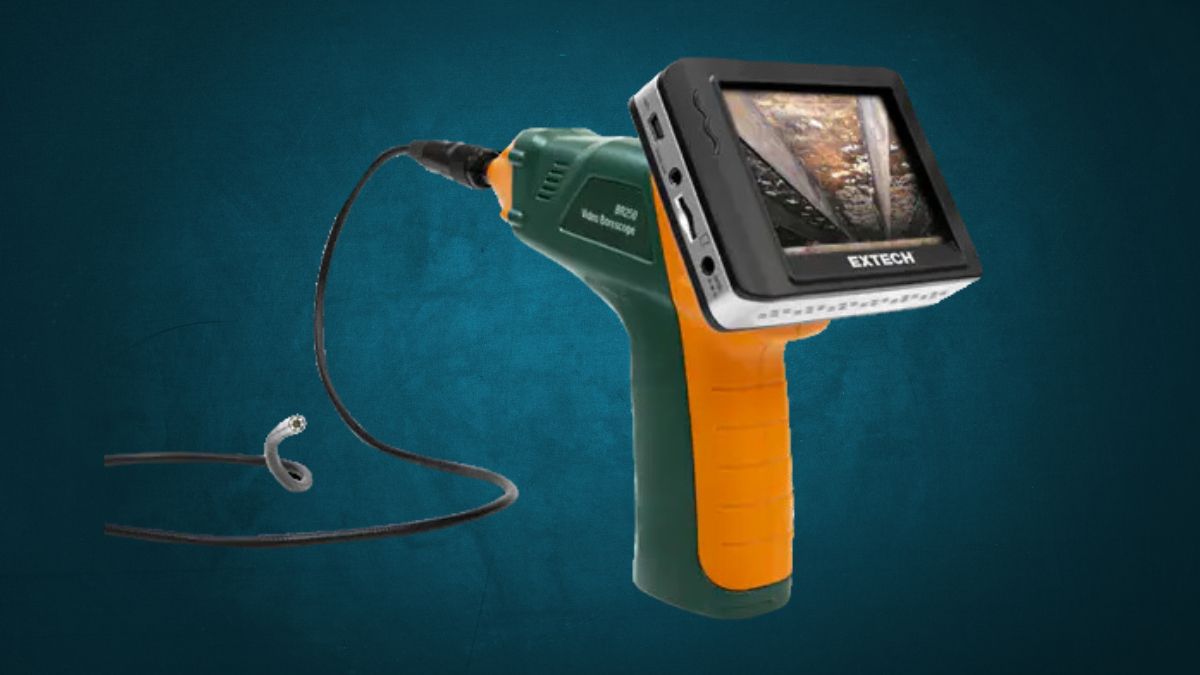Introduction: Borescopes
A borescope is a fascinating equipment commonly used by experts for inspecting tight, inaccessible locations. Borescopes are optical equipment made to allow for visual inspection in tight spaces where normal human inspection is difficult or impossible. This article will provide a comprehensive look at borescopes, including their development, various designs, and uses. A borescope is a flexible optical tool that allows you to see within spaces that would otherwise be inaccessible. An optical or electrical system connects the two ends of a long, flexible or rigid tube that house an eyepiece or display and an objective lens or camera, respectively.
The History of Borescopes
The intriguing history of borescopes begins in the early 20th century. These gadgets have gone a long way since they were first created for military and industrial use.
Types of Borescopes
There are several different kinds of borescopes available. Each kind, whether stiff, flexible, or semi-rigid, has its own set of strengths and uses.
Components of a Borescope
Knowing what makes up a borescope is essential. It has an objective lens or camera, an eyepiece or display, and illumination, usually in the form of fiberoptics, to aid in observation.
How Borescopes Work
The basic function of a borescope is to take pictures inside very narrow passageways. An internal picture of the item under inspection is captured by the objective lens and shown in enlarged form in the eyepiece.
Applications of Borescopes
The automotive and aerospace sectors, as well as the medical and plumbing sectors, all benefit from the use of borescopes. They play a crucial role in issue identification and quality assurance.
Advantages of Using Borescopes
Using a borescope has several benefits. They lessen downtime and the expense of disassembling the machine for a destructive inspection.
Choosing the Right Borescope
It is crucial to use the appropriate borescope for the job at hand. Considerations include tube length, tube diameter, and picture quality.
Maintenance and Care
Keeping your device in good working order requires regular servicing. Their efficiency is directly proportional to how often they are cleaned and calibrated.
The Future of Borescope Technology
Improvements in picture quality, mobility, and compatibility with digital systems are just some of the ways in which technology is developing. There will be tremendous opportunities in the future.
Safety Measures
The use of this requires extreme caution. Best practices and precautions for using a borescope safely are discussed below.
Case Studies: Real-Life Uses
Learn how borescopes have helped in the real world with genuine challenges in the real world industries.
Borescopes in Various Industries
Learn about the importance of borescopes and the contributions they provide to several fields, including aviation, industry, and medical.
Troubleshooting Common Issues
Nothing technological ever comes without problems. Get the lowdown on typical borescope problems and the best solutions for fixing them.
Conclusion
To sum up, borescopes are incredible instruments that have completely altered how we examine and observe previously inaccessible areas. Because of their adaptability and usefulness, they are widely used across a number of different fields. We may anticipate new uses for borescopes and improved functionality as the technology develops.
FAQs
Are these only used in industrial applications?
These devices aren’t just useful in the medical and aerospace industries.
What is the difference between a rigid and flexible ?
Unlike their flexible counterparts, rigid borescopes cannot be bent or twisted to fit tight spaces.
Do this require regular maintenance?
In order to function properly, they need to be cleaned and calibrated on a regular basis.
Are there any limitations to using such devices?
This do have drawbacks, such as a shallow depth of field and a limited field of view.
What is non-destructive testing, and how do borescopes play a role in it?
These are indispensable instruments for non-destructive testing, the practice of examining materials and structures without destroying them.









